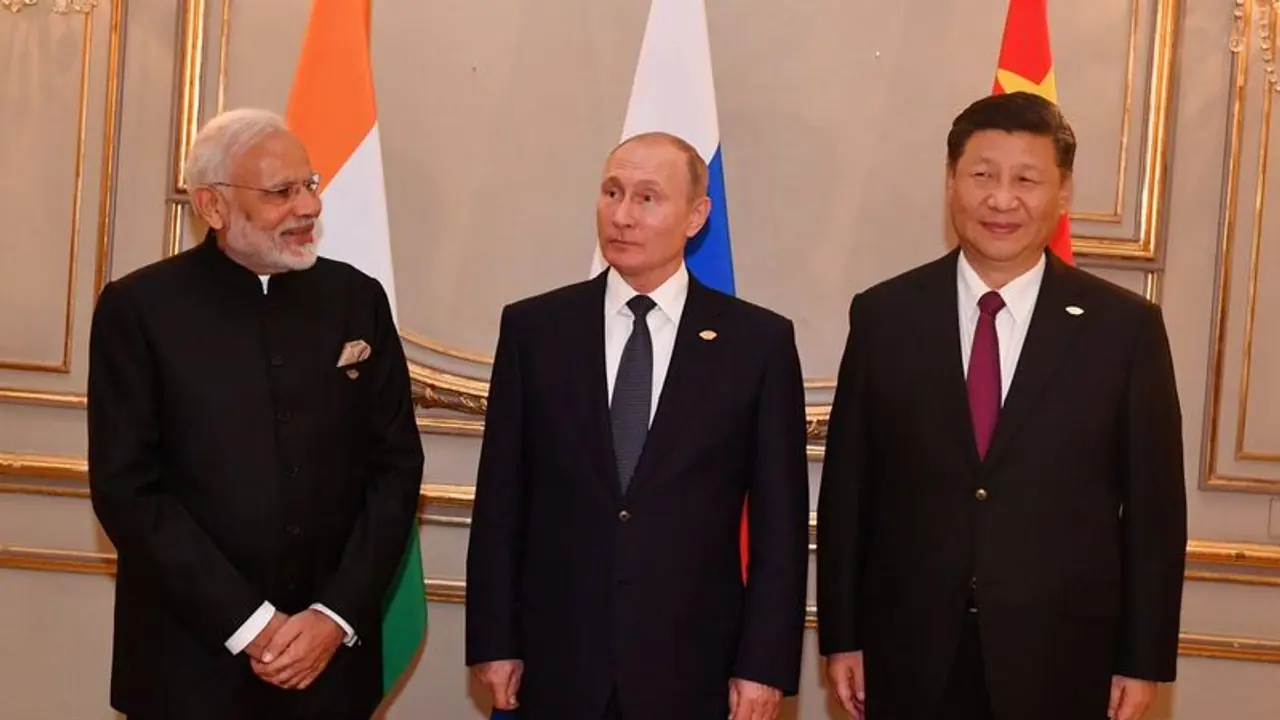Prime Minister Modi is understood to have proposed five elements—sustainable development, maritime security, connectivity, disaster relief and freedom of navigation—as key to a meaningful and constructive engagement across the Indo-Pacific
New Delhi: The G-20 summit may not yield any trade deal between the United States and China but the gathering of top world leaders this week in Argentina’s capital Buenos Aires witnessed India much in demand by all major powers.
India was the common factor in two major trilaterals that happened on the sidelines of the summit on Friday. Prime Minister Narendra Modi first joined U.S. President Donald Trump and Japan’s Prime Minister Shinzo Abe for a Japan-America-India or JAI meeting and then conferred with Presidents Vladimir Putin and Xi Jinping of Russia and China respectively to continue the tradition of Russia-India-China (RIC) trilateral consultations during the G-20 summits, indicating India’s rising importance in global affairs.
As the fastest growing major economy in the world for the second consecutive year, India is the centre of attention globally but more than the economy, it is India’s centrality to stability in Indo-Pacific that is fast emerging as a major advantage for New Delhi. That the ‘JAI’ grouping, meeting for the first time ever, discussed the need to have a framework to engage with nations in the wider Indo-Pacific underlines the importance that India, Japan and U.S. attach to the region.
Prime Minister Modi is understood to have proposed five elements—sustainable development, maritime security, connectivity, disaster relief and freedom of navigation—as key to a meaningful and constructive engagement across the Indo-Pacific. Without mentioning China or its aggressive posture, the trilateral appears to have decided to counter Beijing’s moves collectively, although India has been careful to stress on an ‘inclusive and open’ construct for a possible framework in the region.
At the RIC meeting, the leaders apparently discussed the situation in Afghanistan and West Asia besides reviewing the progress in the BRICS forum.
Between the two trilaterals, Prime Minister Modi had his fourth meeting this year with Xi. Both leaders reaffirmed their commitment to continuing with the ‘Wuhan’ spirit and make sure that the strategic communication that they have now established at the highest level should continue. Both sides also reviewed the issue of bilateral trade imbalance and ways to bridge the deficit.
Apart from the trilaterals, Prime Minister Modi met several leaders, including French President Emmanuel Macron, and Saudi Arabia’s Crown Prince Mohammad bin Salman, bilaterally.
The Prime Minister’s proactive approach to foreign policy and India’s rising stature globally has meant that Modi is much in demand at such multilateral forums. Managing competing interests and contradictory demands of major powers has, of course, been a big challenge for the Indian leadership and the diplomatic corps of late. Whether striking a delicate balance between the need to buy critical Russian defence platform in the face of threats of American sanctions or keeping the fraught relationship with Beijing on an even keel at a time when Washington expects New Delhi to be a counterweight to China, it has not been an easy time for Indian diplomacy. So far, India has managed to remain engaged positively with all sides but it has to guard against unexpected crises erupting without a warning, upsetting the well-crafted strategy.
The story was first published on Strategic News International
